Need help? Call us:
- Questions? Call us toll-free +1-800-520-5726
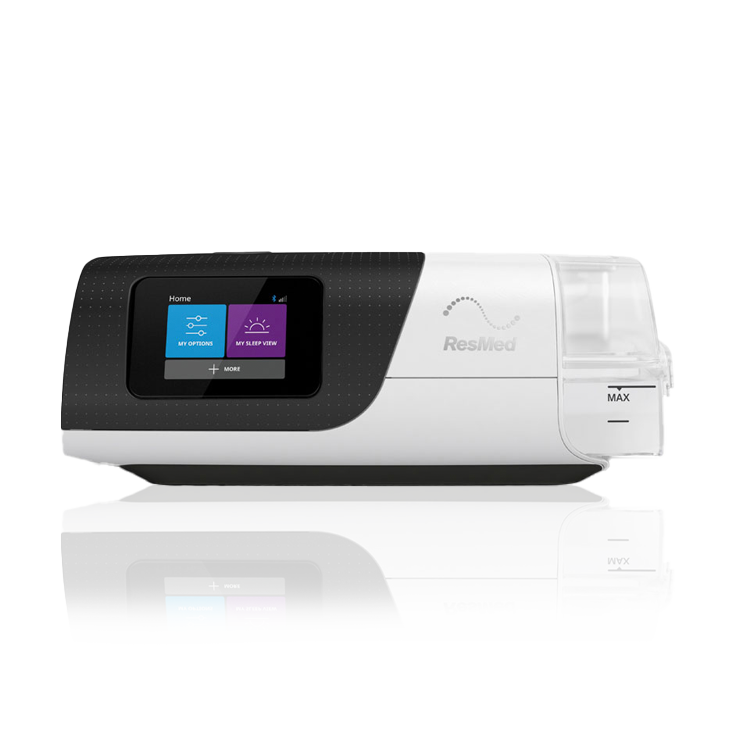
CPAP Masks Finder
Discover your perfect mask fit
- Portable Oxygen
- Home Oxygen
- Oxygen Accessories
- CPAP Machines
- CPAP Supplies
- CPAP Masks
- Mobility
- Bathroom Safety
- Pediatrics
- New Arrivals
COPD and Heart Attack Risks
COPD and Heart Attack Risks
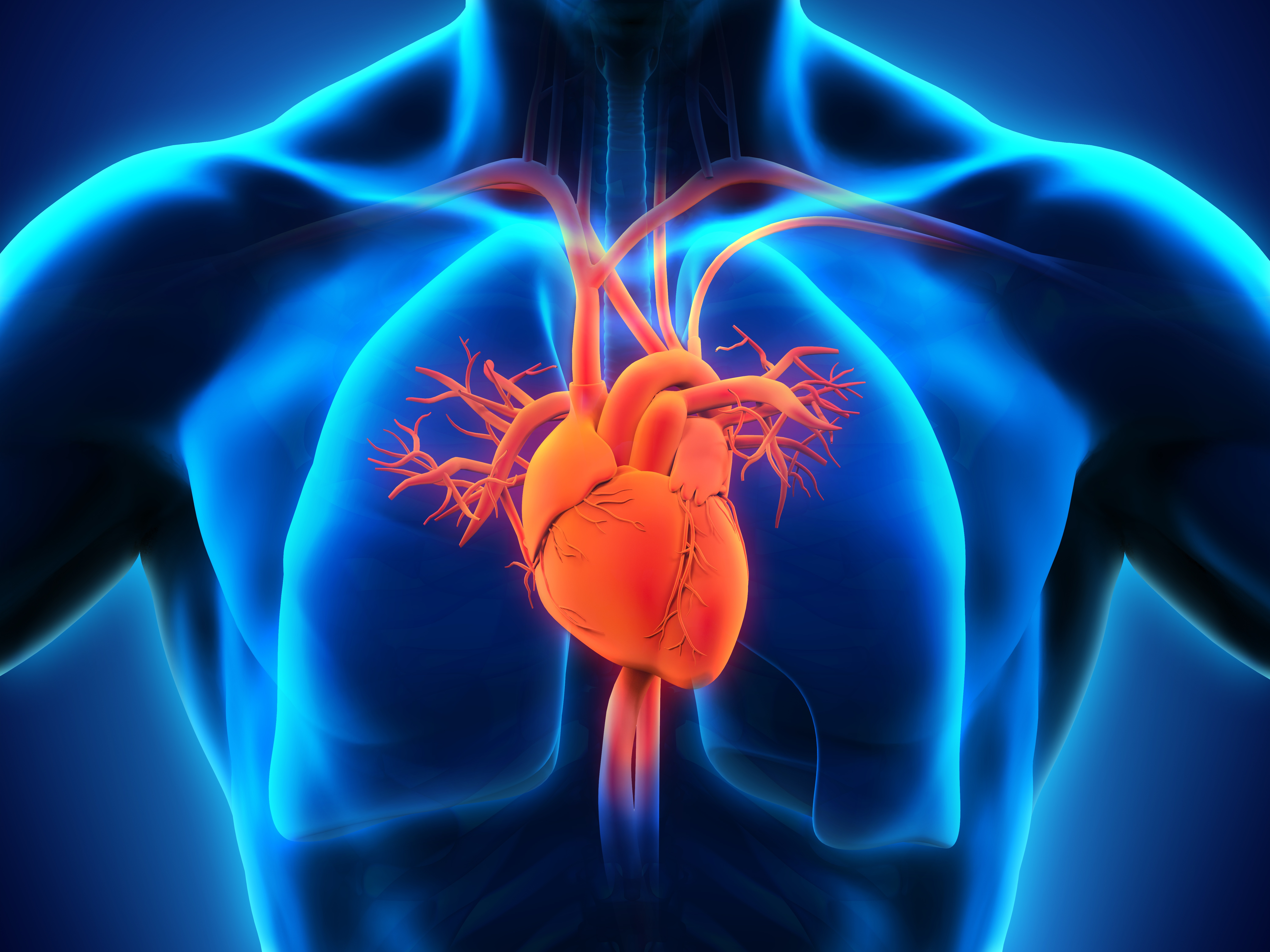
COPD is a term that refers to a chronic lung disease that is a combination of emphysema, chronic bronchitis, and asthma. Regardless of which specific combination of diseases you have, COPD patients have similar symptoms such as:
- Shortness of breath
- Chronic cough
- Tightness in your chest
- High pitched, whistling sounds when you breath called wheezing
- Excessive mucus production
{{cta(‘155910633031’)}}
Your heart and lungs work together as a team to bring life sustaining oxygen to all the  organs and tissues in your body and remove waste products like carbon dioxide. COPD makes your lungs function less efficiently, impairing your bodies gas exchange system. Since your lungs and heart work closely together, when your lungs are not working well, your heart can be directly affected.
organs and tissues in your body and remove waste products like carbon dioxide. COPD makes your lungs function less efficiently, impairing your bodies gas exchange system. Since your lungs and heart work closely together, when your lungs are not working well, your heart can be directly affected.
To understand this connection, you need to know how your respiratory and cardiovascular system work together. COPD makes the tissue inside the lungs sticky and unable to exchange oxygen into your blood, which decreases cellular function.
As you breathe in air, the air is held and transferred to the blood. The oxygenated blood is then circulated by your heart throughout your body. Also, the two systems work together to remove carbon dioxide, the waste product of oxygen, out of your body. Let??s explore the main parts of the circulatory and respiratory system and see how they work together and depend on each other to function at a healthy level.
The Lungs
Your lungs are where oxygen and carbon dioxide are introduced and expelled from your body. The process is called gas exchange. When you inhale, the alveoli in your lungs fill with oxygen and then the oxygen is dispersed in your blood. When you exhale, the used oxygen, or carbon dioxide, is removed from your body. At the exhale point, your blood is filled with fresh oxygen which goes to your heart to be pumped throughout your body.
Bronchioles and Alveoli
The bronchioles and alveoli are the two main parts of the lungs that deliver oxygen to your blood. The bronchioles are the two main tubes that connect your lungs to your trachea where the oxygen is inhaled from either your nose or mouth. Alveoli are like small air-filled sacs with permeable membranes that filter oxygen into your blood and remove carbon dioxide. These parts of the lungs are the main site for your cardiovascular and respiratory systems to interact. If inflammation is present and you are not getting enough oxygen into your lungs, the bronchioles and alveoli aren??t delivering enough oxygen to the blood and the poorly oxygenated blood is flowing through narrowed openings making it hard to deliver.
The Heart

Your heart is where circulation and cooperation between your respiratory and cardiovascular systems begin. The heart has ventricles and atria, 2 of each to be exact. The right atrium receives the un-oxygenated blood from your veins, it then pushes that blood into the right ventricle which directly connects to your lungs via the pulmonary artery.
The pulmonary vein takes the oxygenated blood from the lungs and pushes it into the left atrium, which then goes to the left ventricle. The left ventricle is very muscular and has the task of pressing the oxygenated blood from the heart to your arteries, where it is carried to the rest of the body, then returned to the heart via your veins.
This closed loop process is repeated every time your heart beats, and any interruption in this process can cause major problems for your body.
How COPD Affects the Heart
Now that you understand the pieces in the heart and lung connection puzzle, we can now outline what happens when the link is broken. COPD weakens your lungs and drops oxygen levels in your body. This decrease in oxygen levels is called hypoxia.
Hypoxia prevents your heart muscle from getting the proper levels of oxygen. This causes your heart rate to increase to try and pump more blood to your body to compensate for the lack of oxygen.
Over time, your heart can weaken from working too hard and you can develop heart failure secondary to your lung disease. This heart failure usually manifests itself in a heart attack.
Weakened Lungs
Weak lungs can also lead to pulmonary hypertension. Pulmonary hypertension happens when the arteries in your heart become stiff and narrow causing pressure in them to rise, which puts stress on the chambers of your heart. The narrow arteries do not allow oxygenated blood to reach where it needs to and in turn your heart loses its ability to pump enough blood to the lungs. Pulmonary hypertension can lead to a heart attack if left untreated. Some people with severe COPD can have mild heart failure while other people can have severe heart failure with mild COPD. Do to the importance of the link between your heart and lungs, it??s easy to see why this is the case.
5 Steps to Improve Both COPD Symptoms and Heart Health
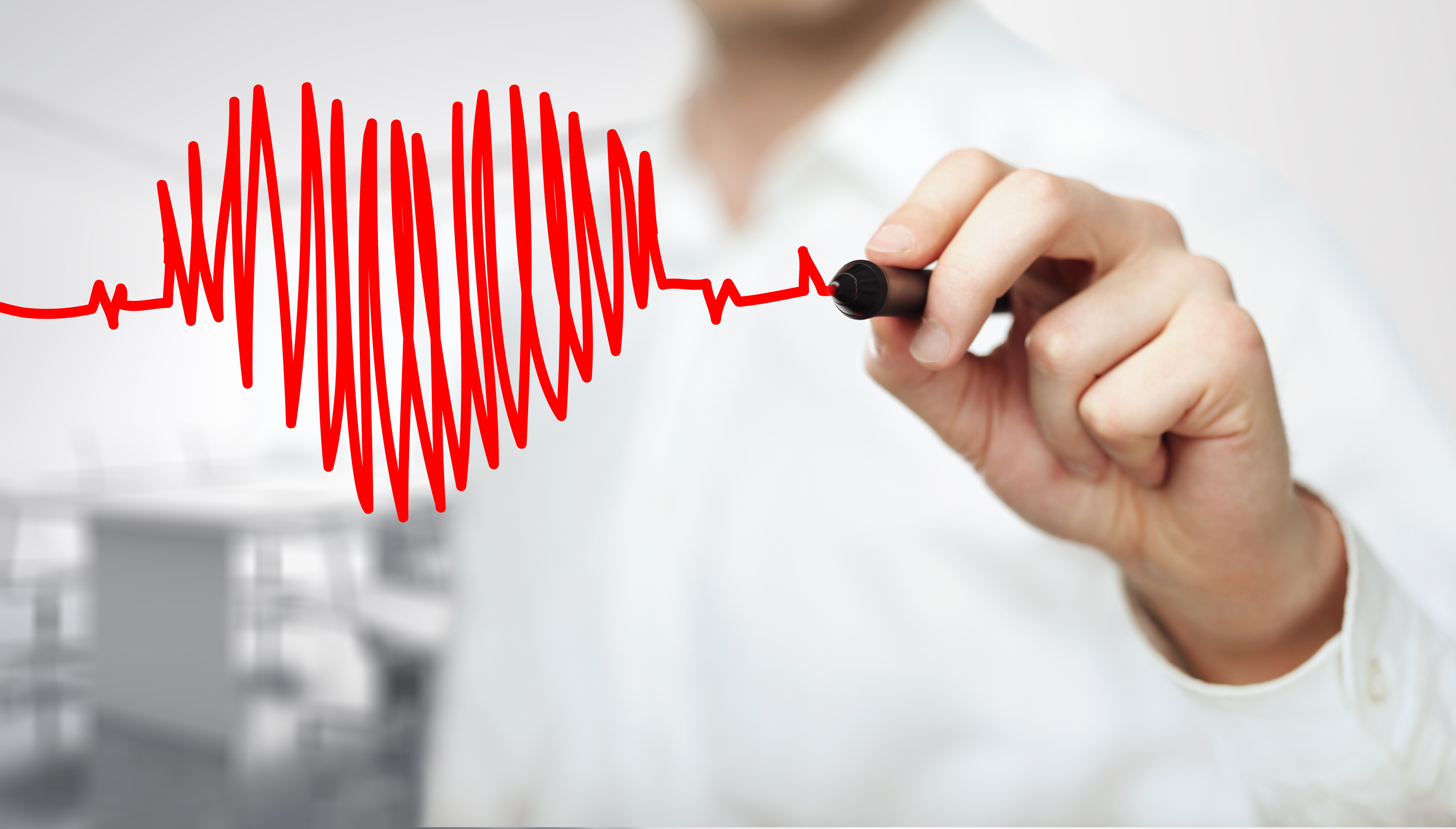
1. Quit Smoking
The first, and most important step in improving your heart and lung health is to quit smoking. Most cases of COPD in the United States are caused by smoking. Smoking also weakens the heart by causing coronary artery disease. Coronary artery disease is when the vessels in and surrounding the heart harden or narrow thus restricting oxygen flow. This is a leading cause of heart attacks. Talk with your doctor if you haven??t quit smoking and find a treatment that works for you. Quit Today!
2. Exercise Regularly
You need both strength training and aerobic exercise in your routine. Strength training should focus on your upper body. Free weights or resistance bands are a good way to get started. Aerobic exercises can include walking, jogging, bicycling, or any activity that increase your heart beat. Your heart is a muscle and needs to be exercised to function optimally. Talk with your doctor before starting any exercise program.
3. Monitor Cholesterol and Blood Pressure
These numbers represent your heart health. Know what these numbers mean and understand what you need to do if your numbers are not at a healthy level. Talk with your doctor about preventative action and what you can do to get the numbers where you need them to be. Diet and exercise are the first steps in improving both high blood pressure and high cholesterol, but medications may be needed if diet and exercise are not enough.
4. Manage your Weight
When you have COPD, maintaining a healthy weight is important to help manage symptoms and avoid exacerbations. Eat plenty of vegetables, fruits, whole grains, and low-fat meat such as chicken and turkey. Avoid fried foods, try grilling, baking, and broiling your food instead. Extra fat in the midsection puts pressure on your lungs and makes your heart work harder. Salads are great, except when you douse them high fat dressings. Use low fat vinaigrettes instead.
5. Understand your Medications
Discuss your medications with your doctor and fully understand how they help you. If you do not follow the correct dosage or are not consistent with taking your medication, you will not experience the benefits and you may worsen the symptoms of your COPD. Research is finding that medications for the heart and the lungs can be used together to strengthen the connection and manage both COPD and heart symptoms. Ask your doctor if these are an option for your situation.
{{cta(‘155910633392’)}}
See your Doctor about your COPD Symptoms
Shortness of breath can be a symptom of your COPD, or it could be heart disease. Your doctor can order tests and analyze the results to see what is going on and the best method of treatment. Don??t assume anything when it comes to your health. Your pulmonary doctor will most likely refer you to a cardiologist to help manage your symptoms if you have heart disease in addition to your COPD. Any time your lungs or heart are involved it can take a team of practitioners to make sure your entire body is being treated properly.
doctor can order tests and analyze the results to see what is going on and the best method of treatment. Don??t assume anything when it comes to your health. Your pulmonary doctor will most likely refer you to a cardiologist to help manage your symptoms if you have heart disease in addition to your COPD. Any time your lungs or heart are involved it can take a team of practitioners to make sure your entire body is being treated properly.
Both COPD and heart disease can be serious and life-threatening, but if you make lifestyle changes you can slow the progression of both diseases. Take the time and learn the connection between your heart and lungs and how one depends on the to do their job. By taking an active role in your health, you and your doctors can help get you on the path to being a healthier you.


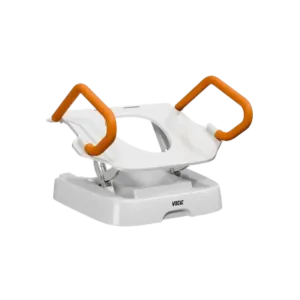
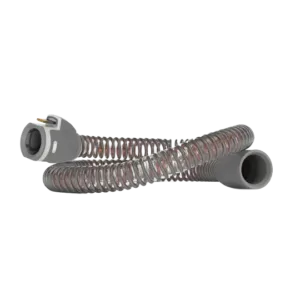
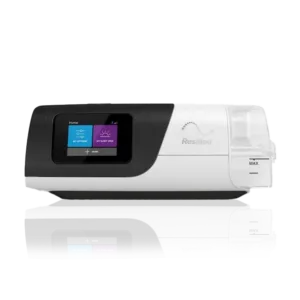
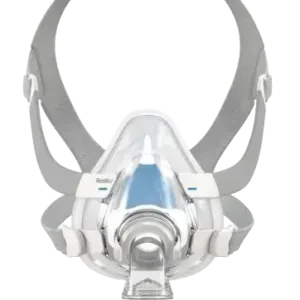

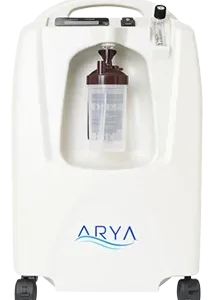
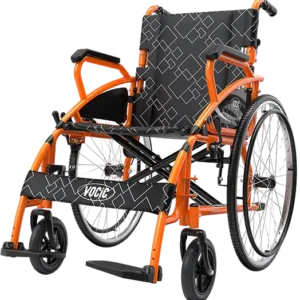
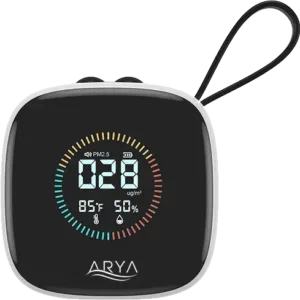
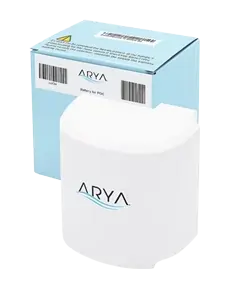
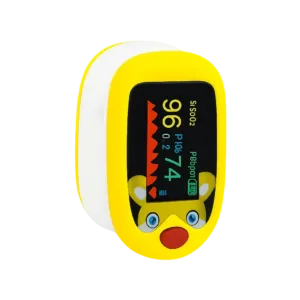
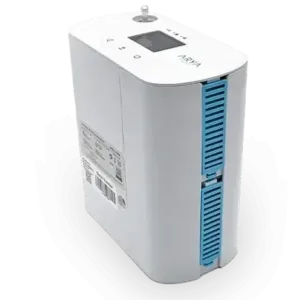


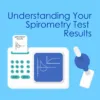


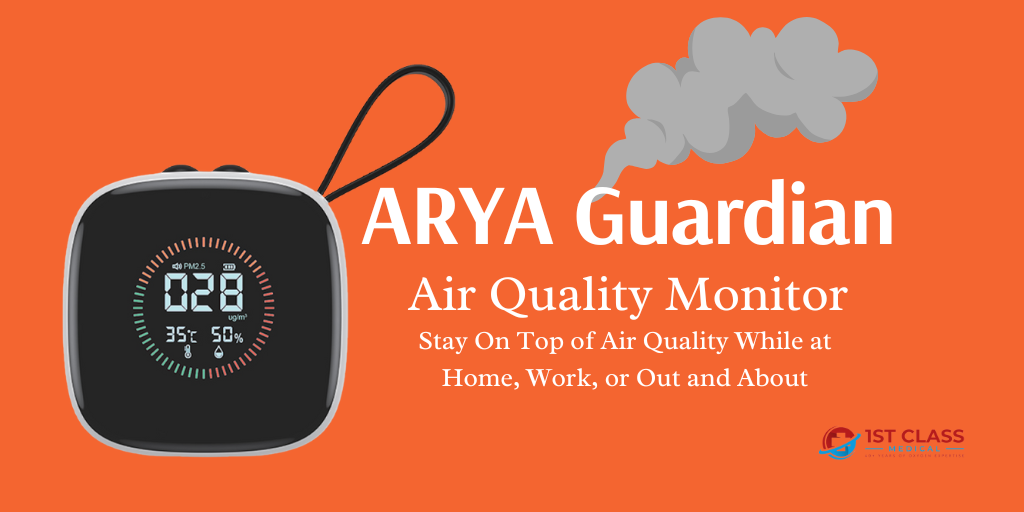
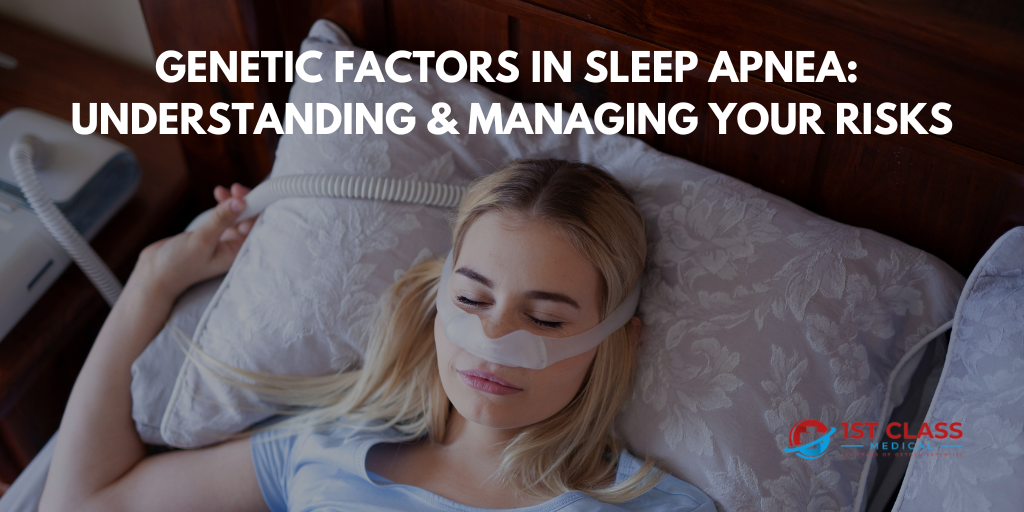




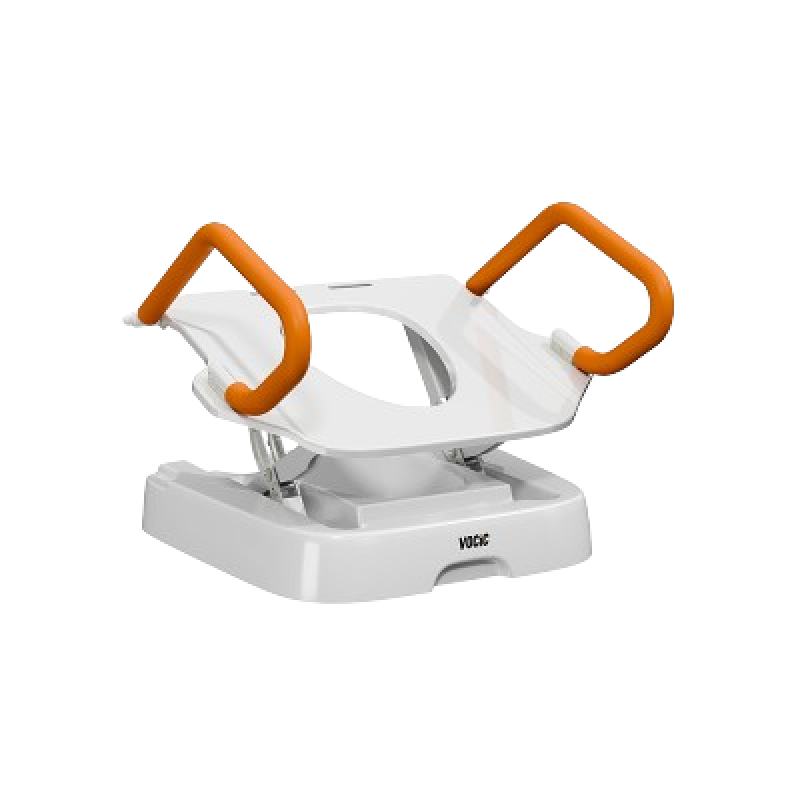
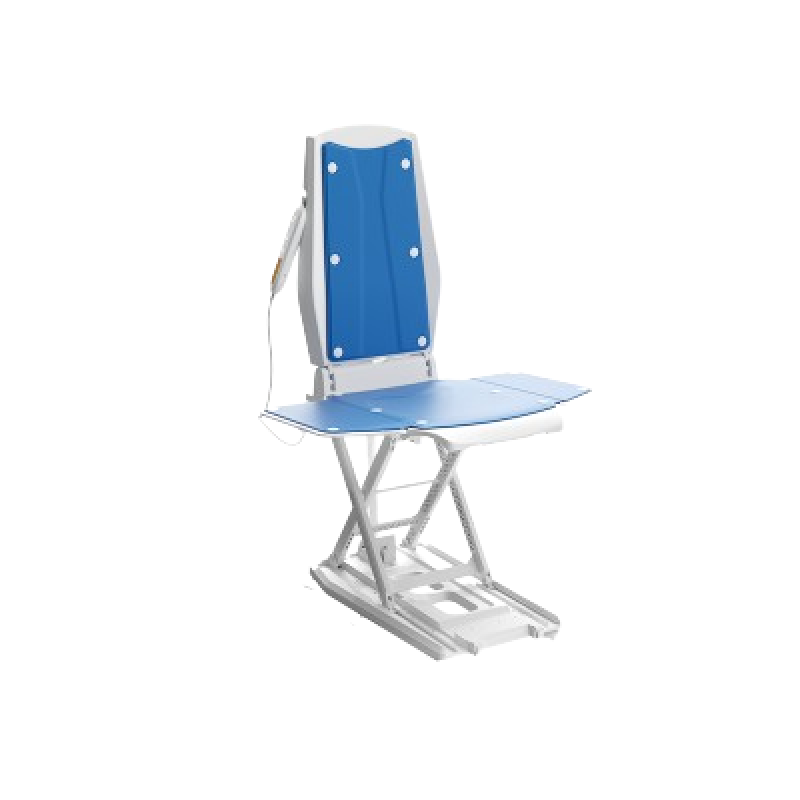
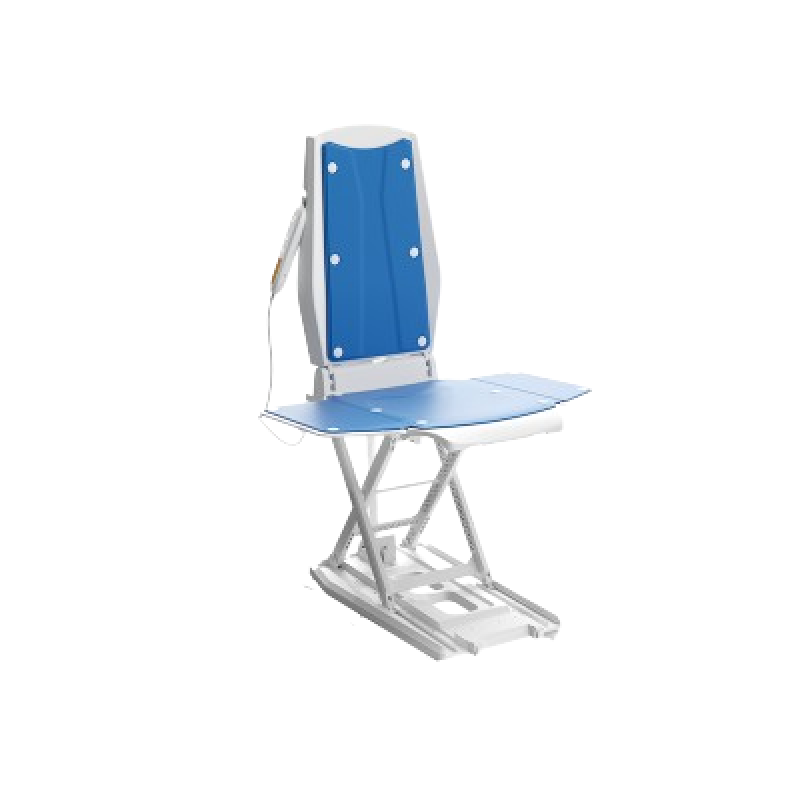
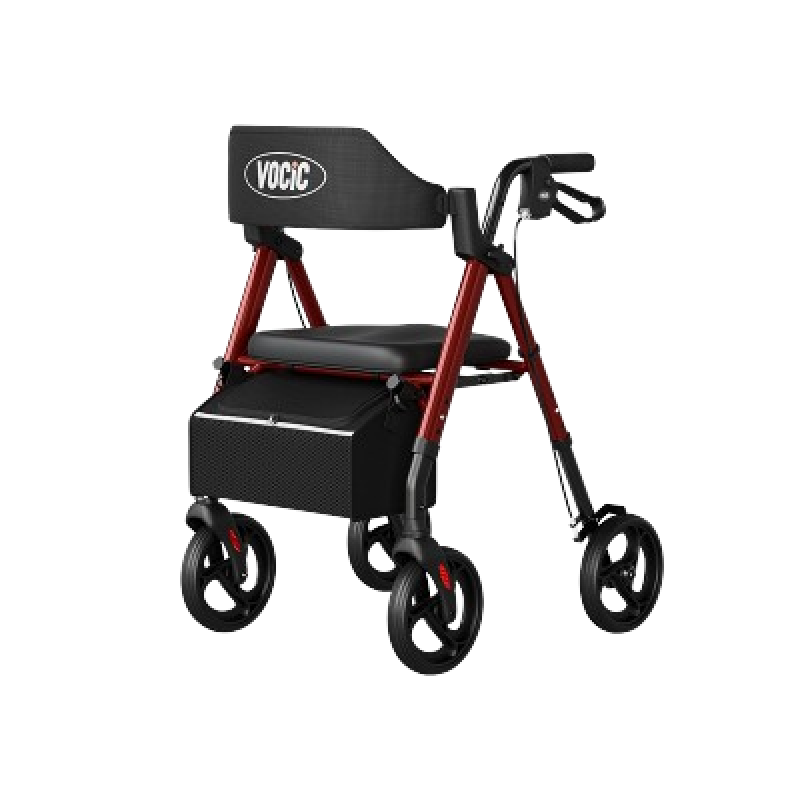
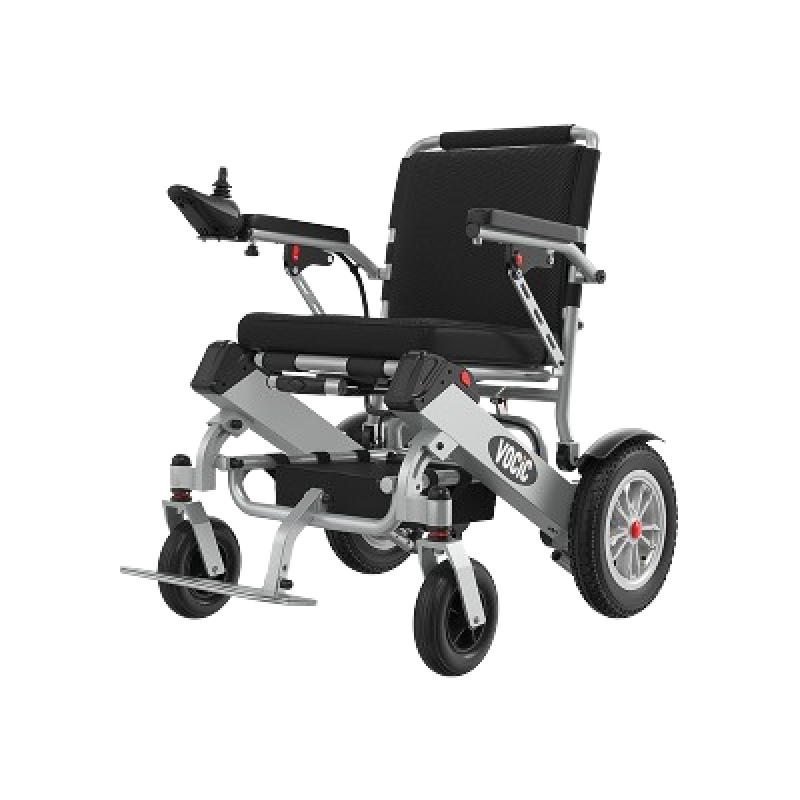


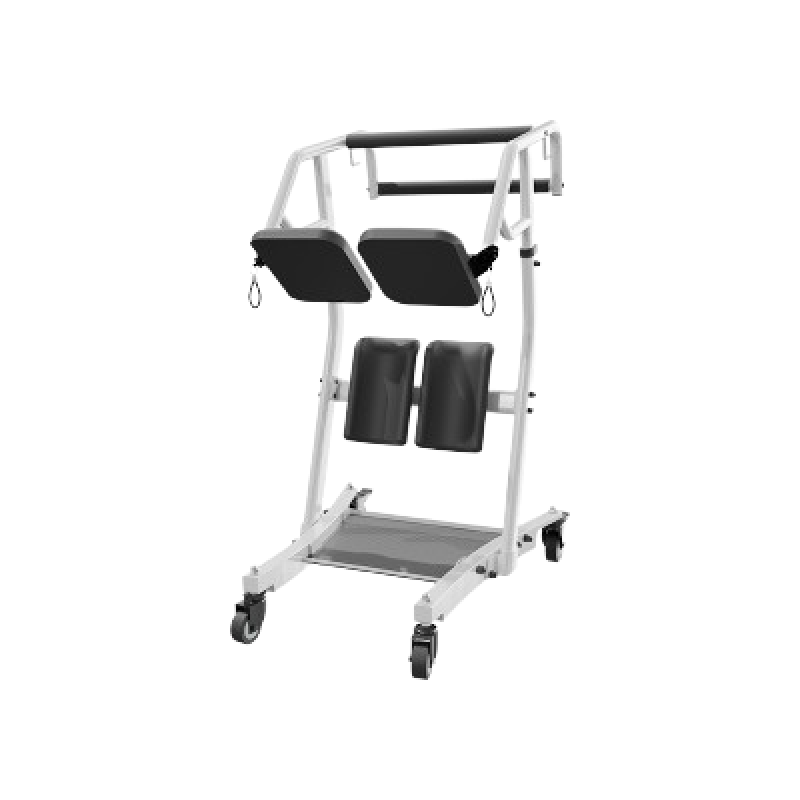
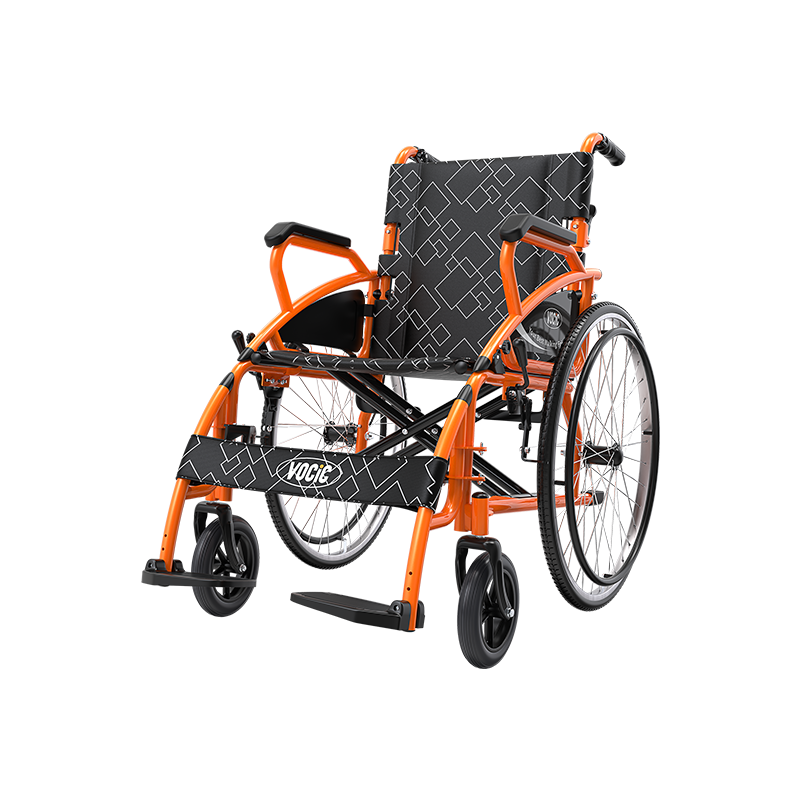

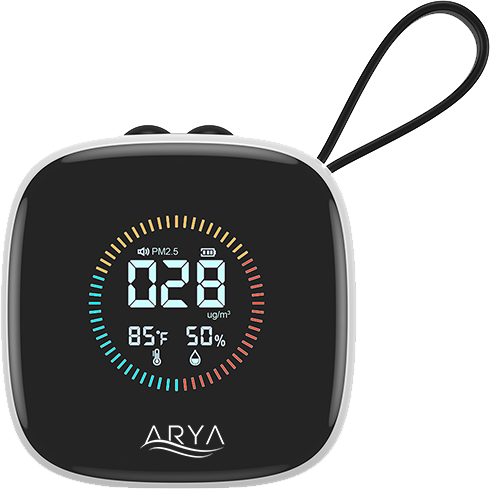
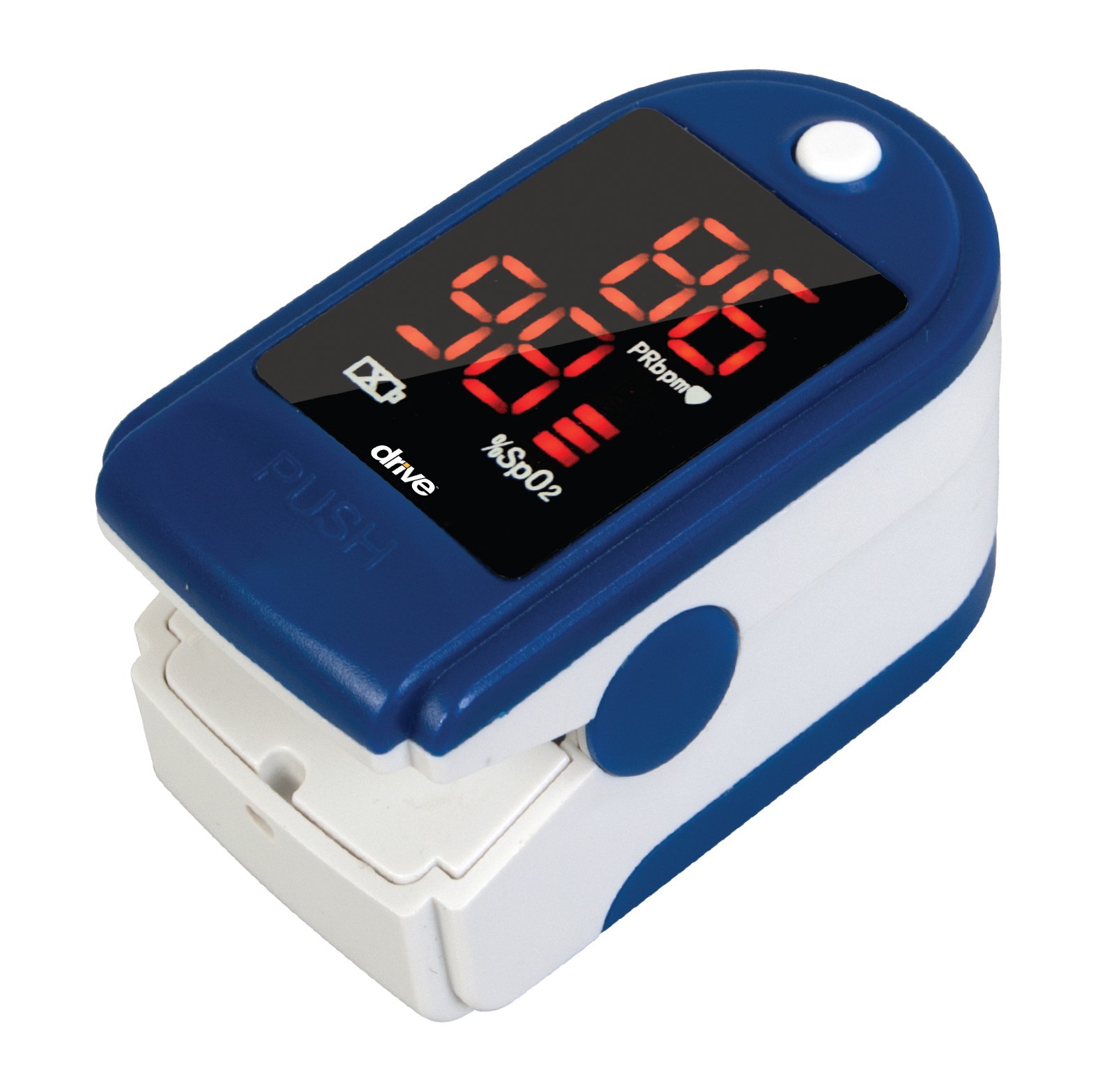

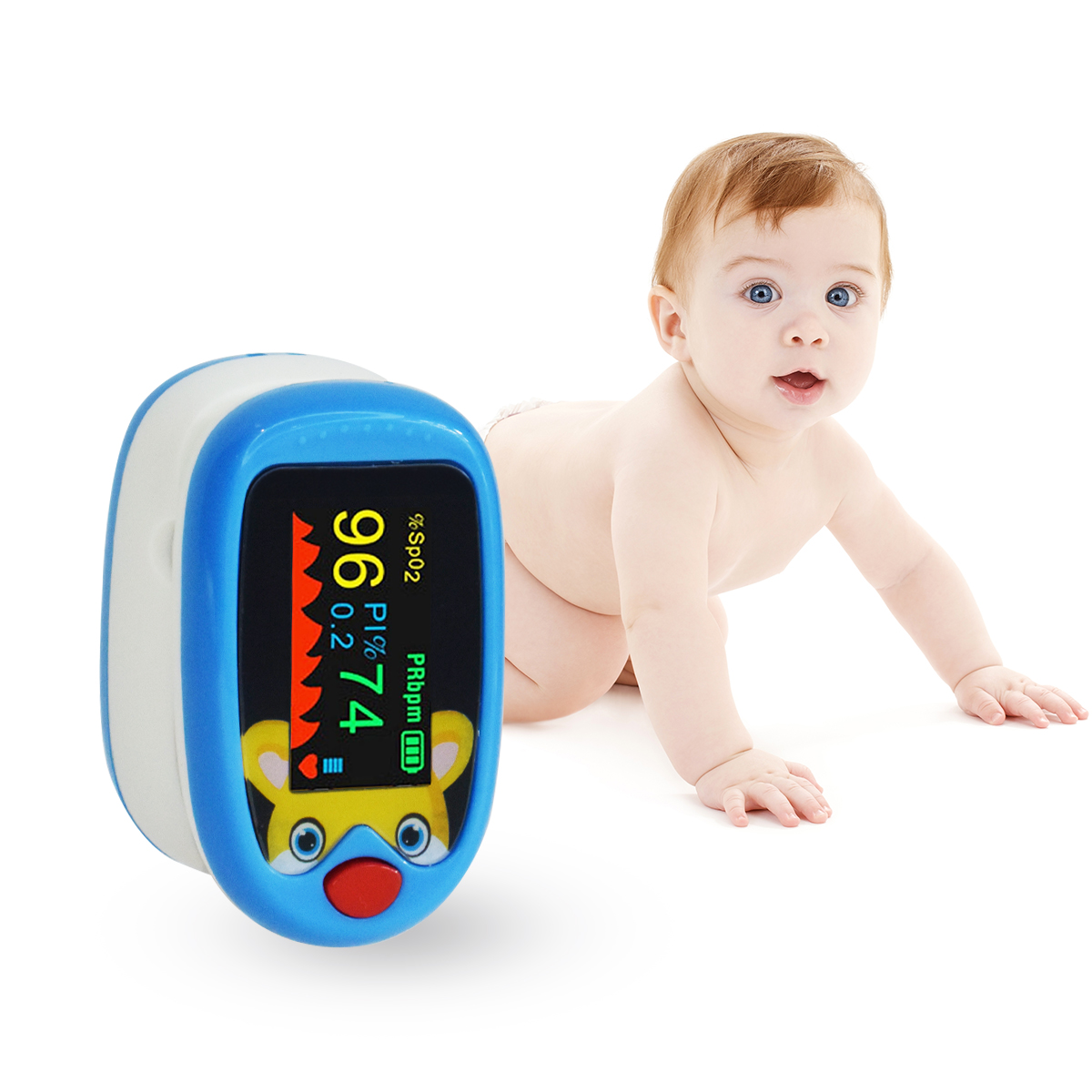
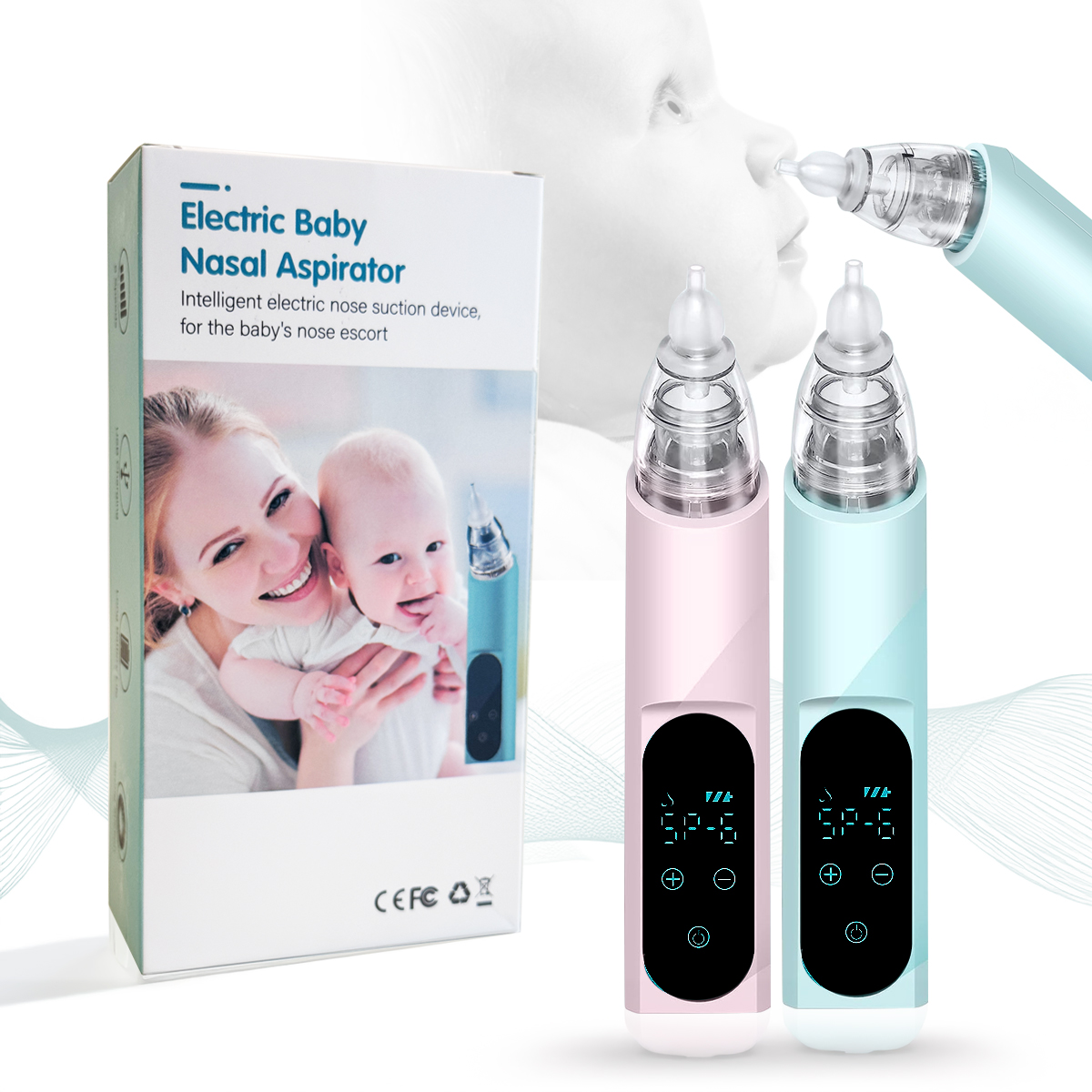
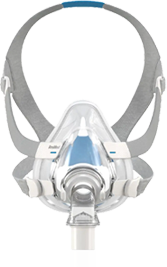
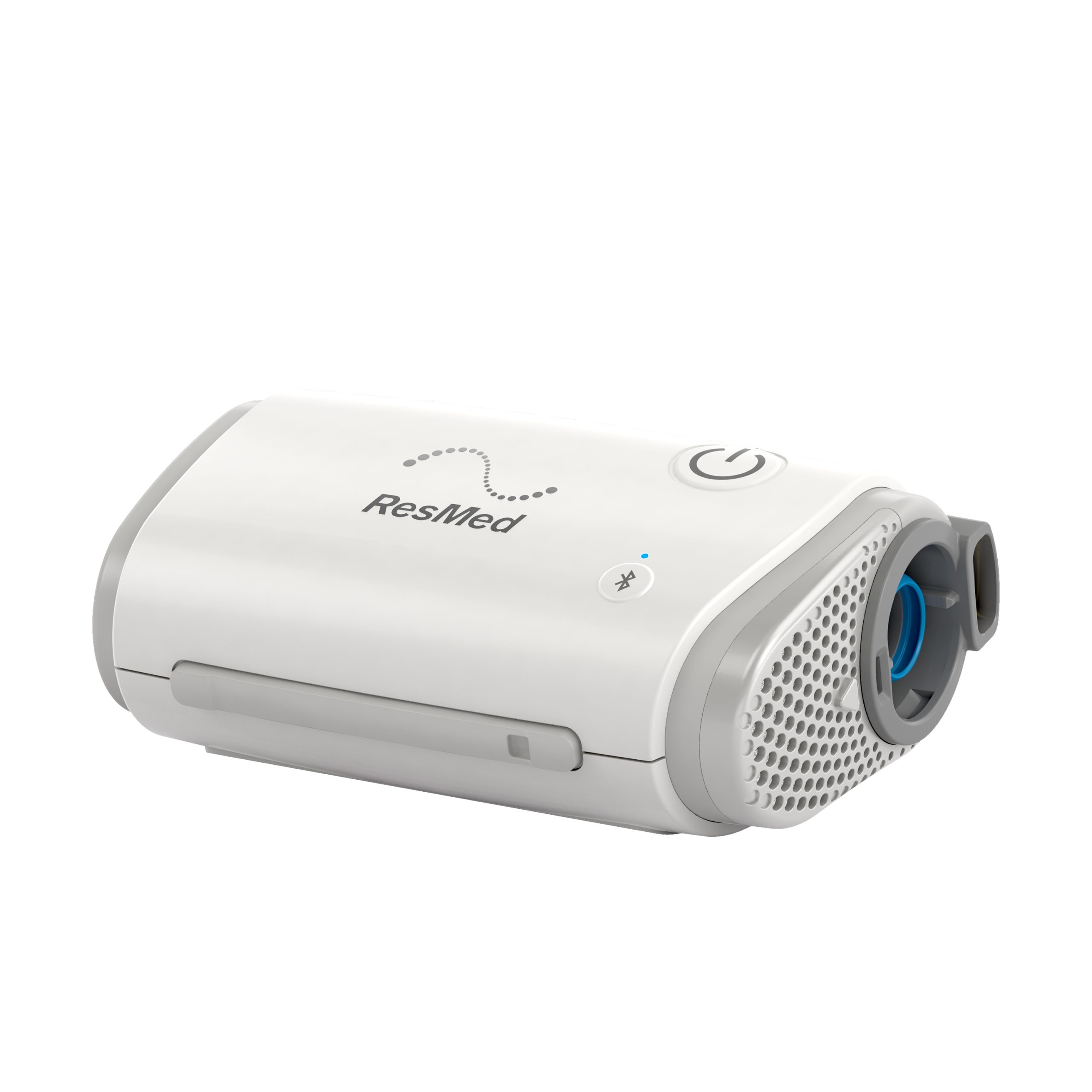
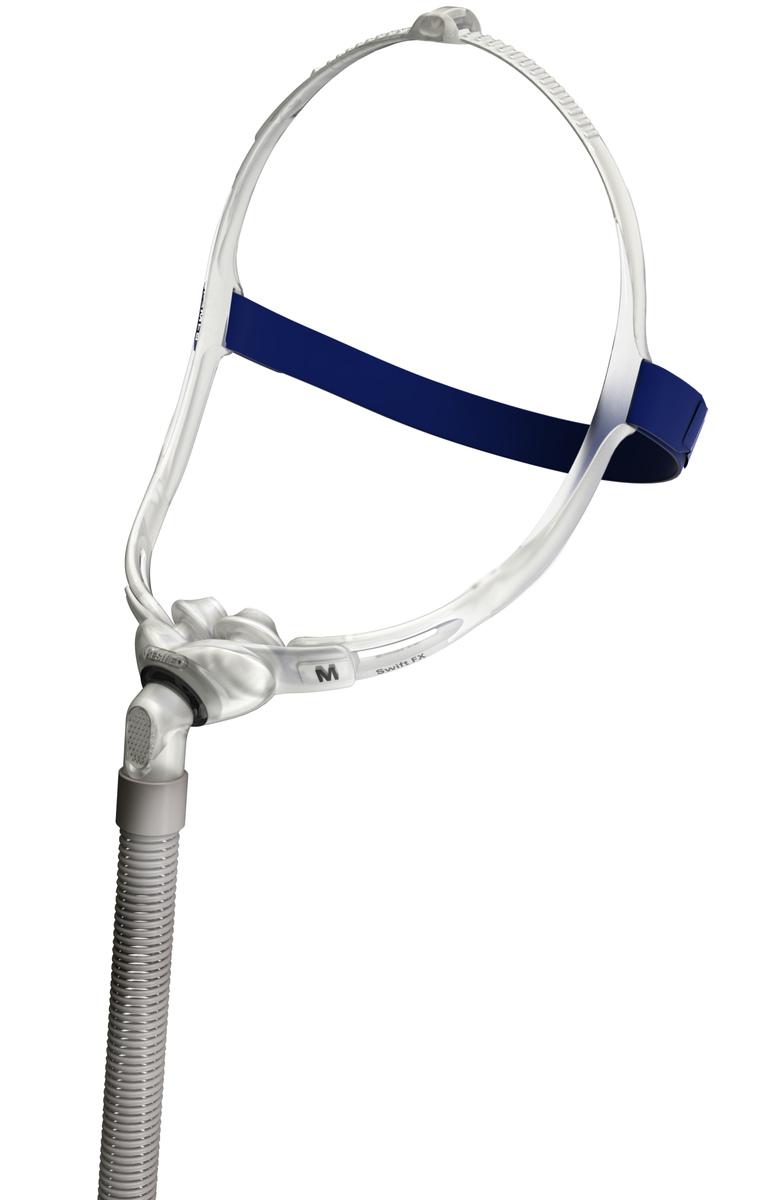
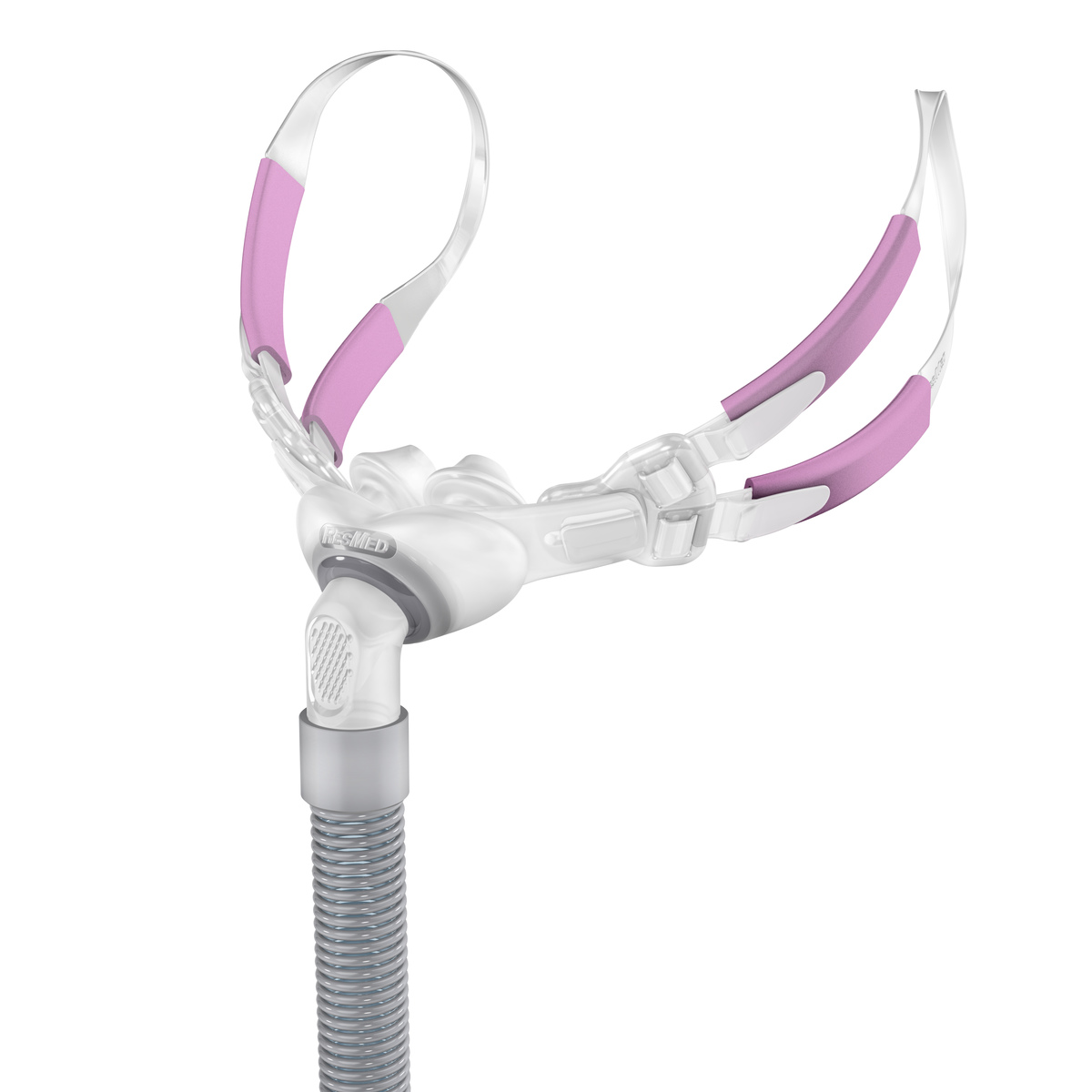
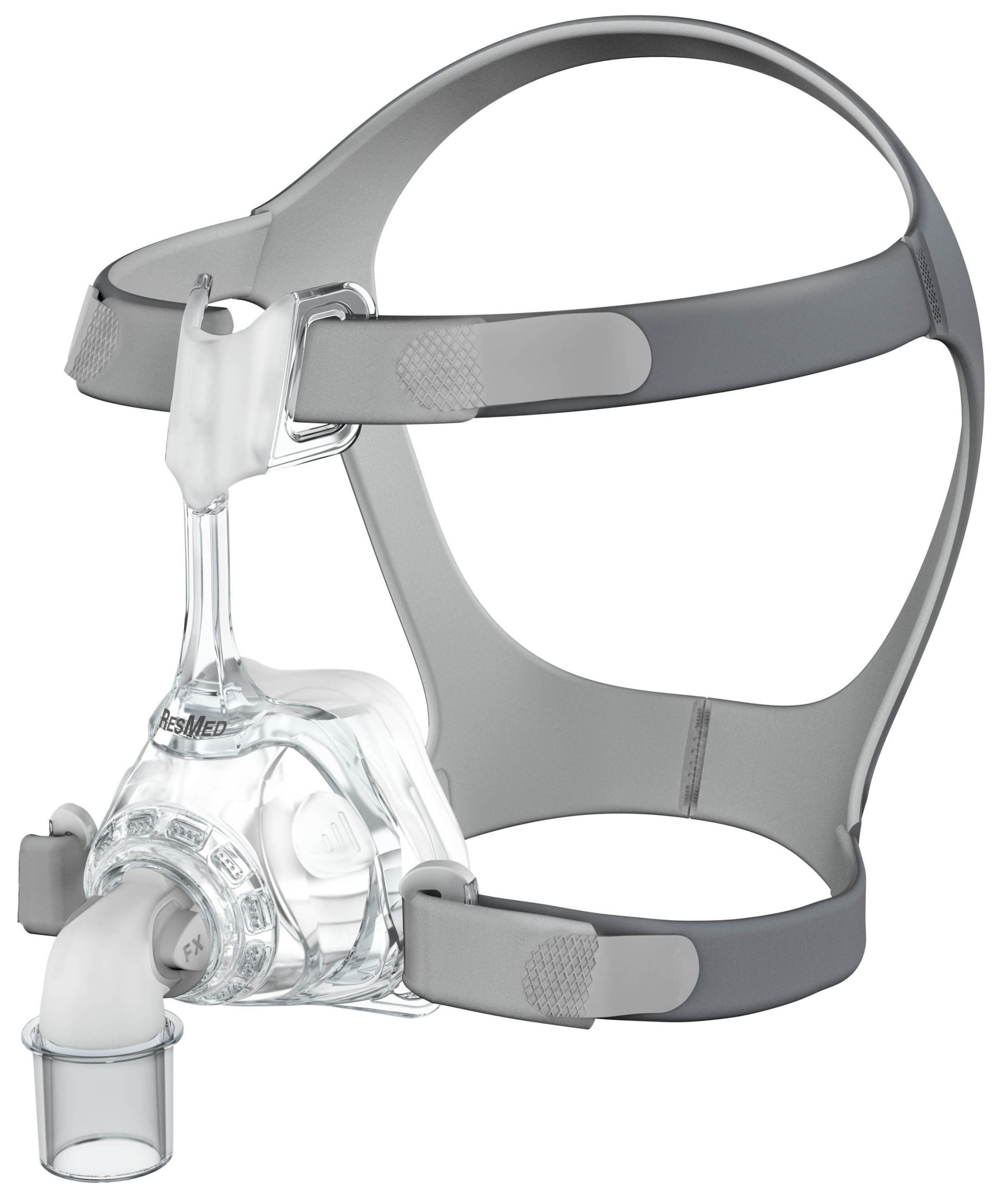
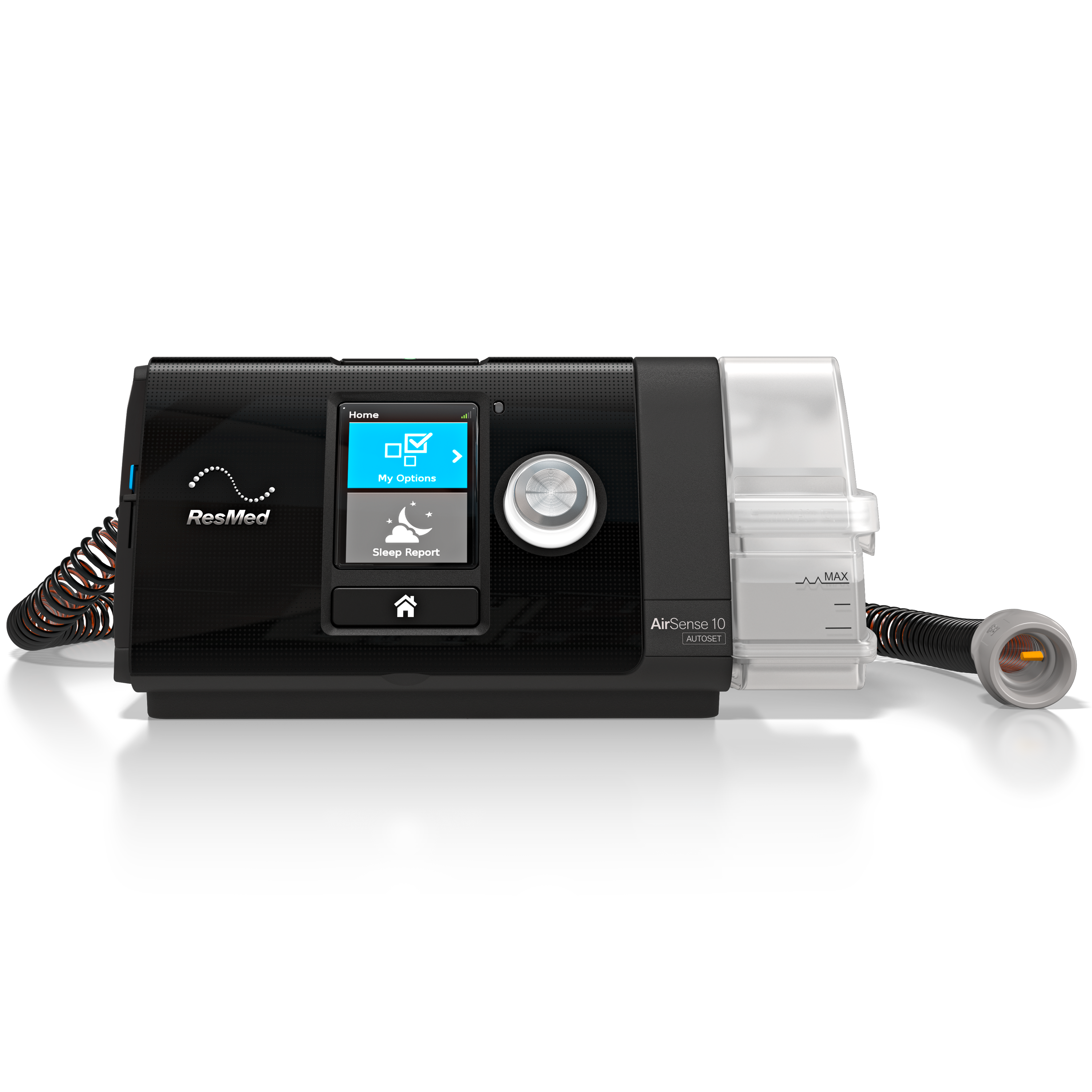
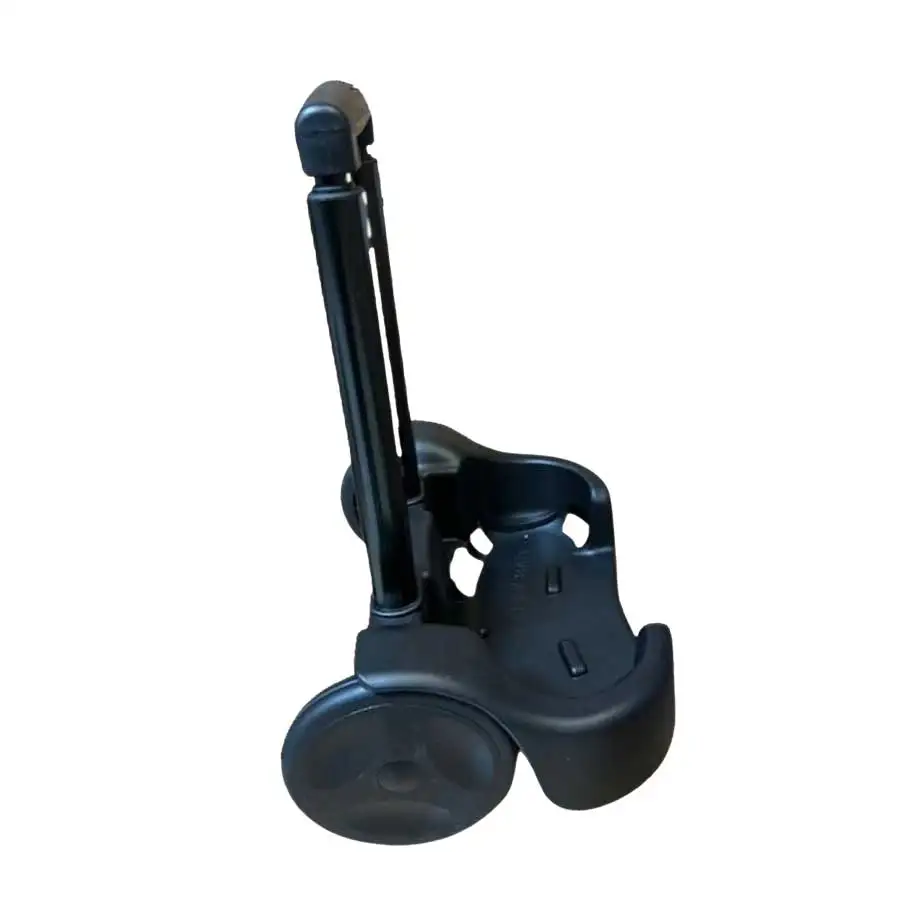
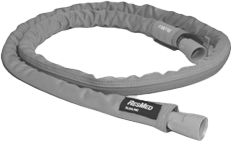
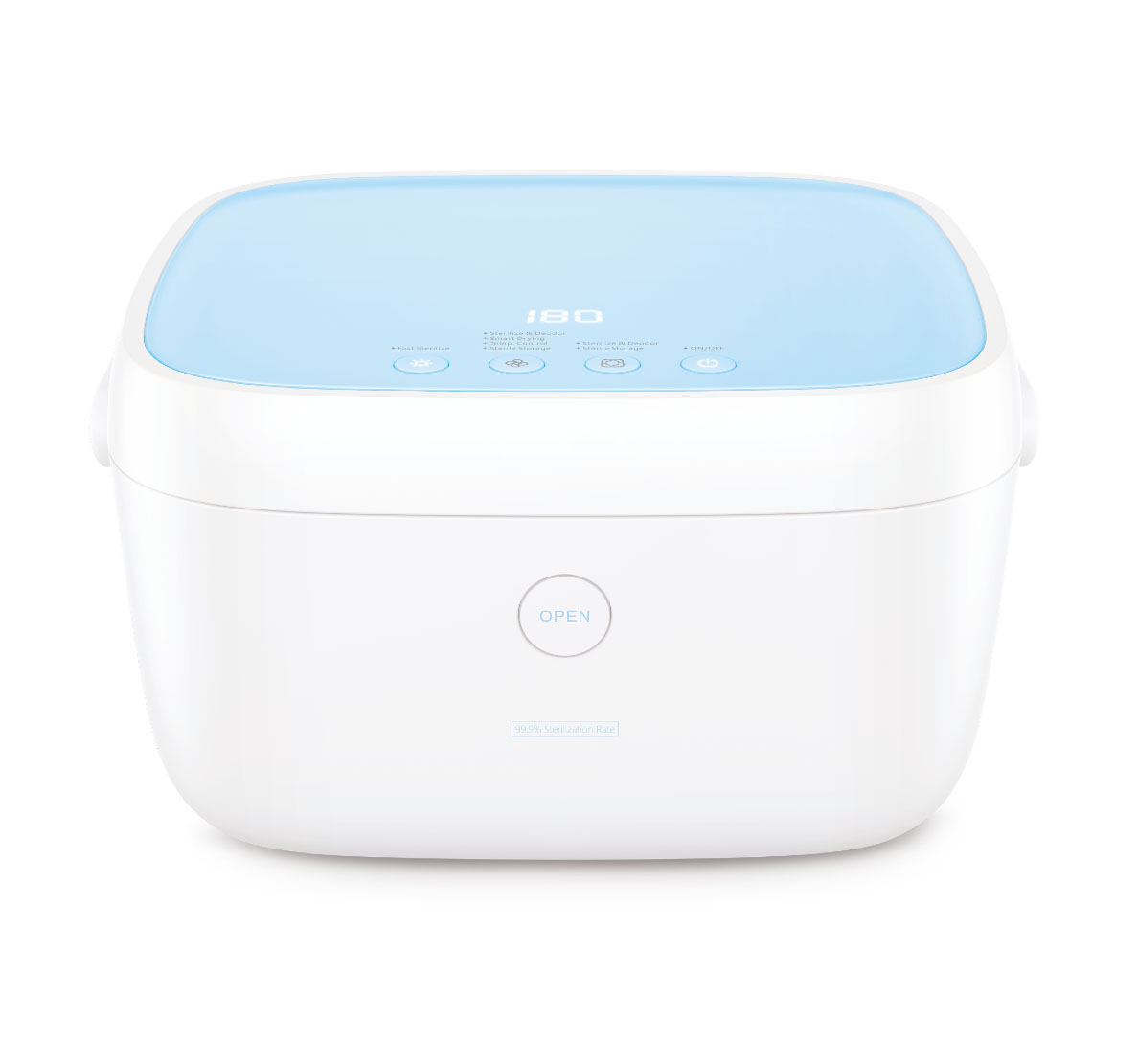
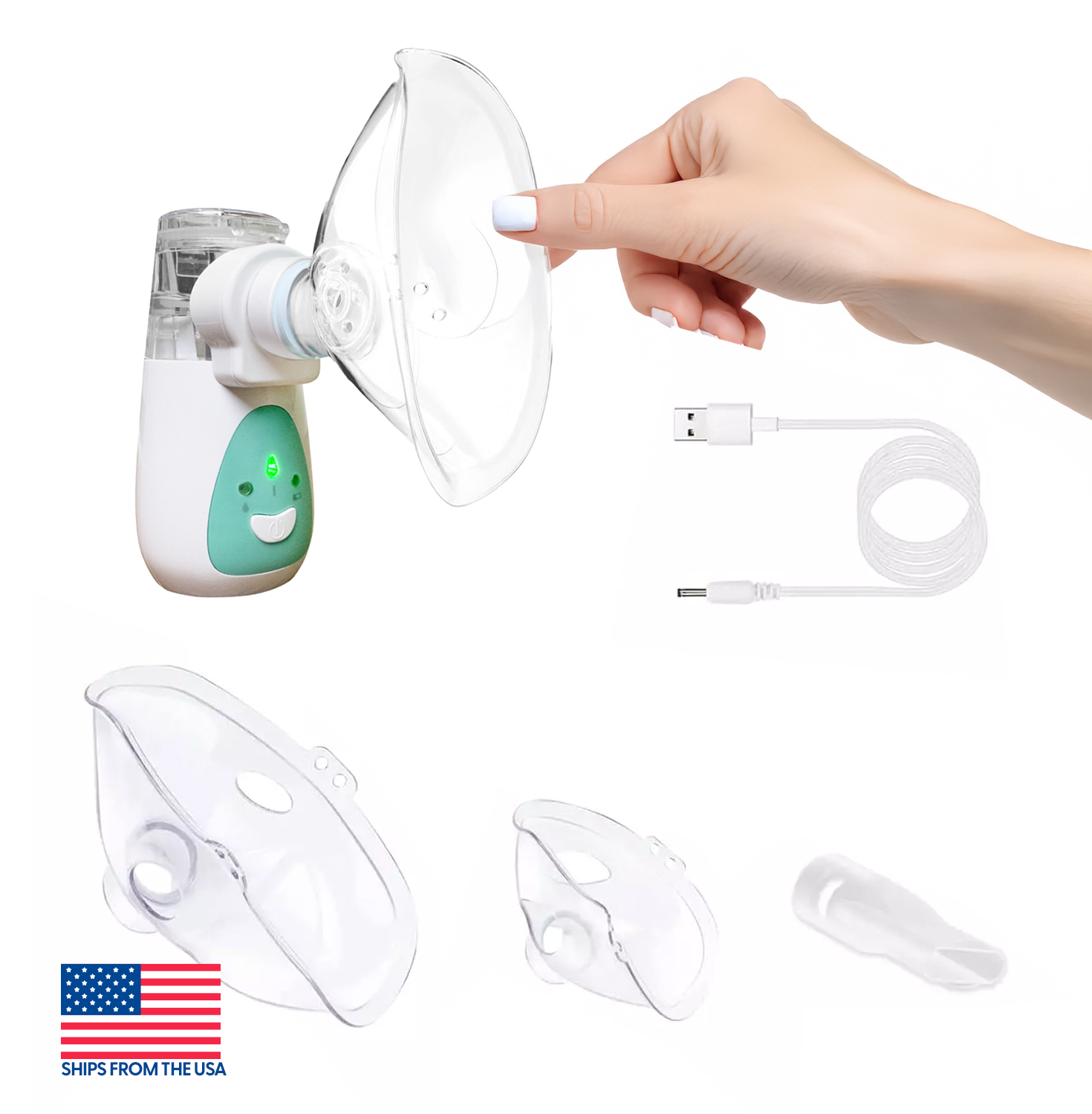
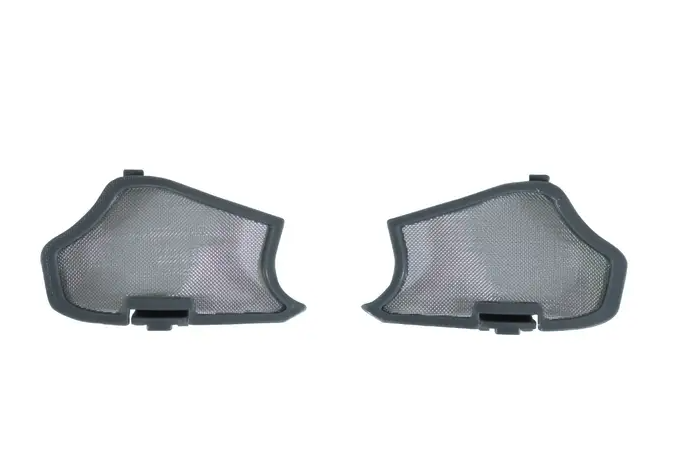

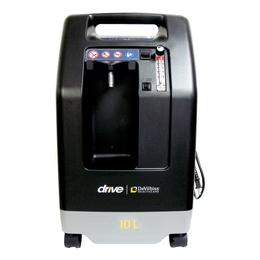
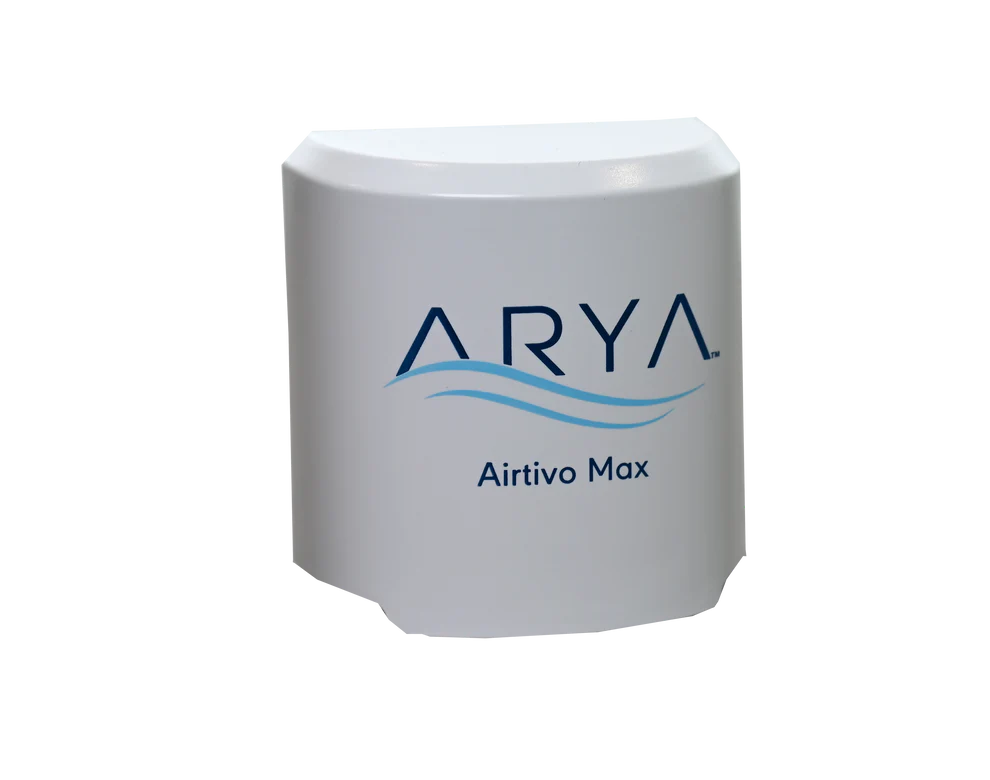
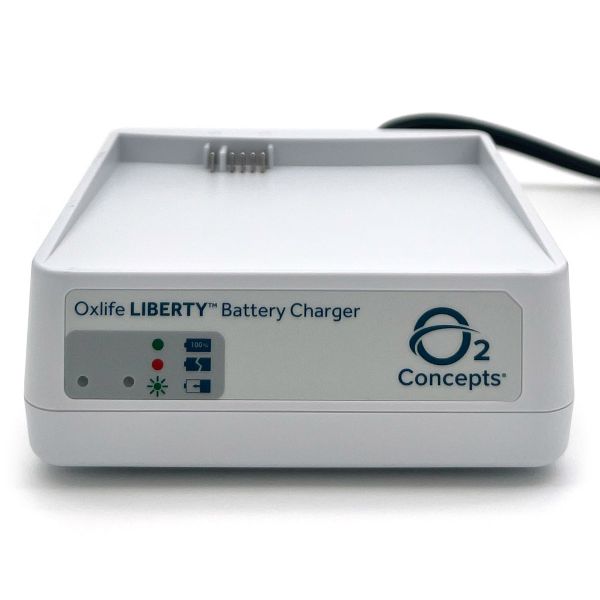

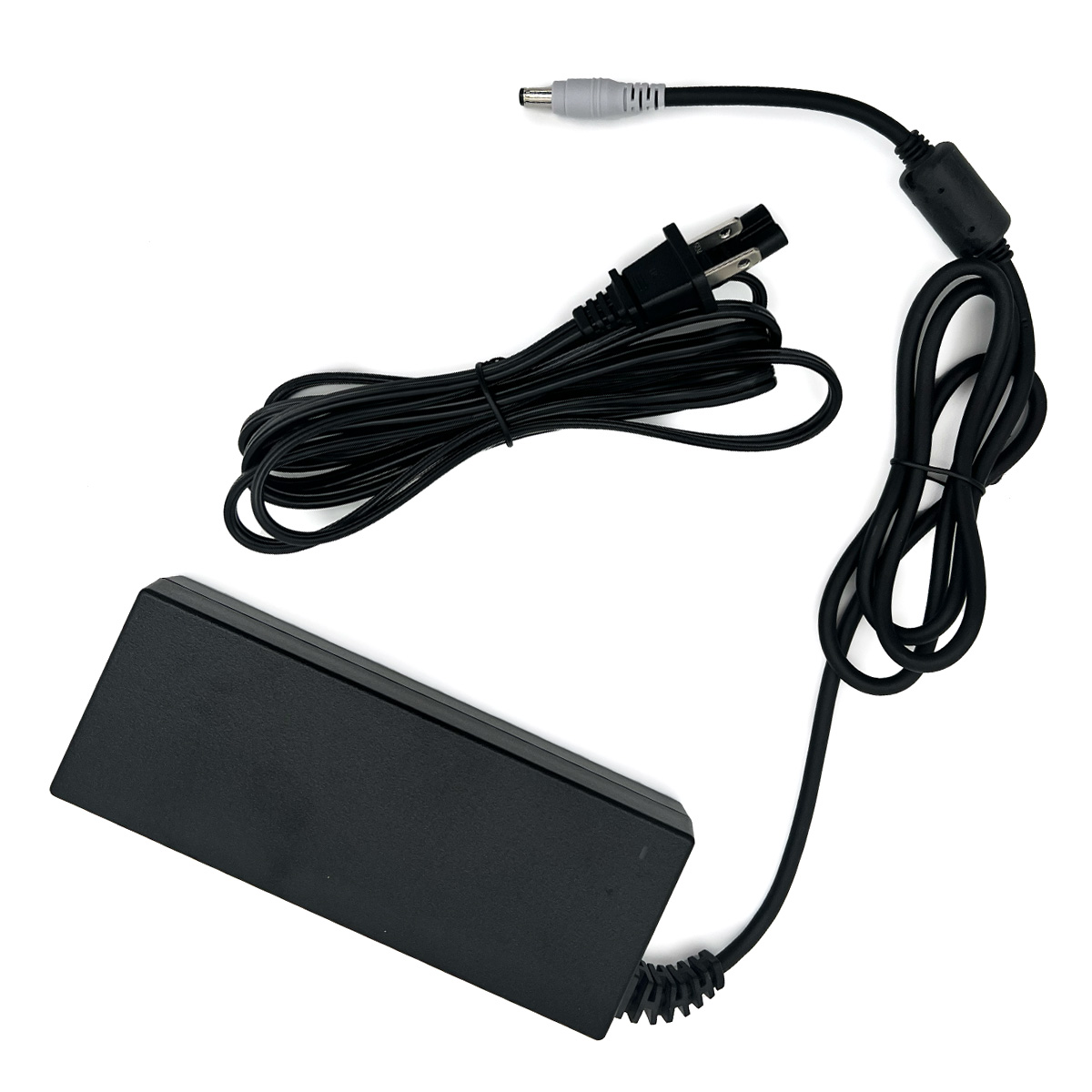
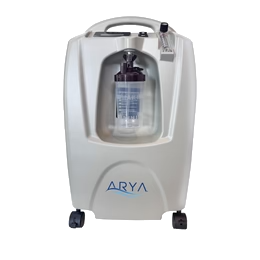

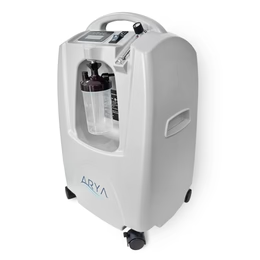
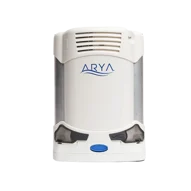
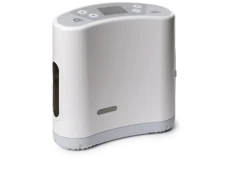

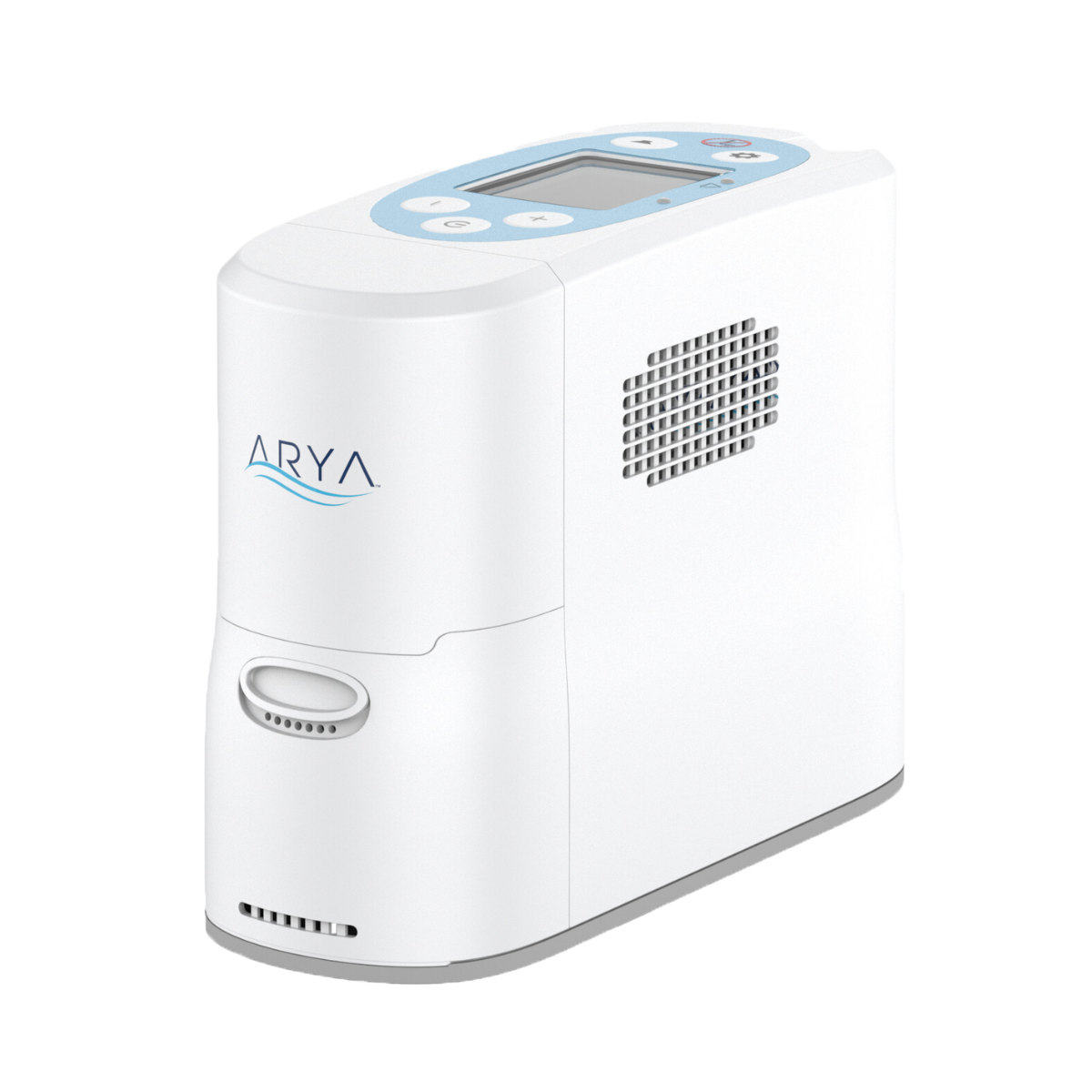
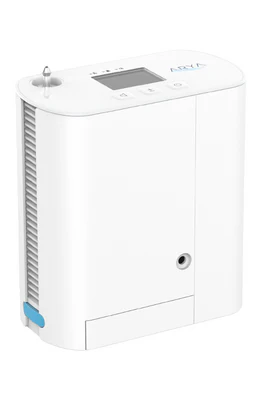
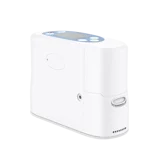

Comments are closed